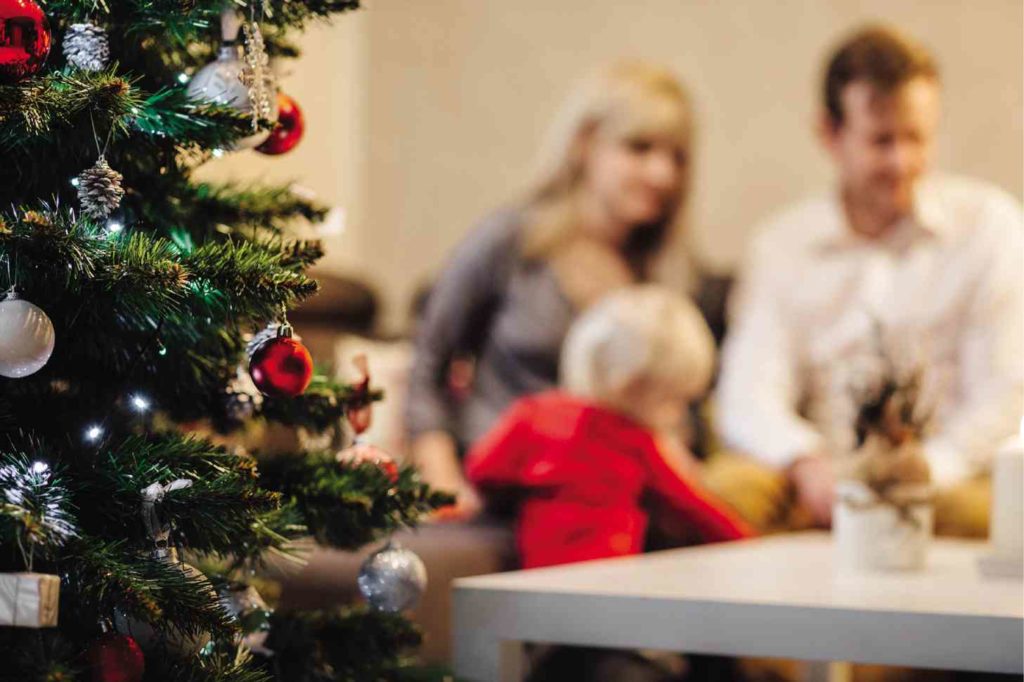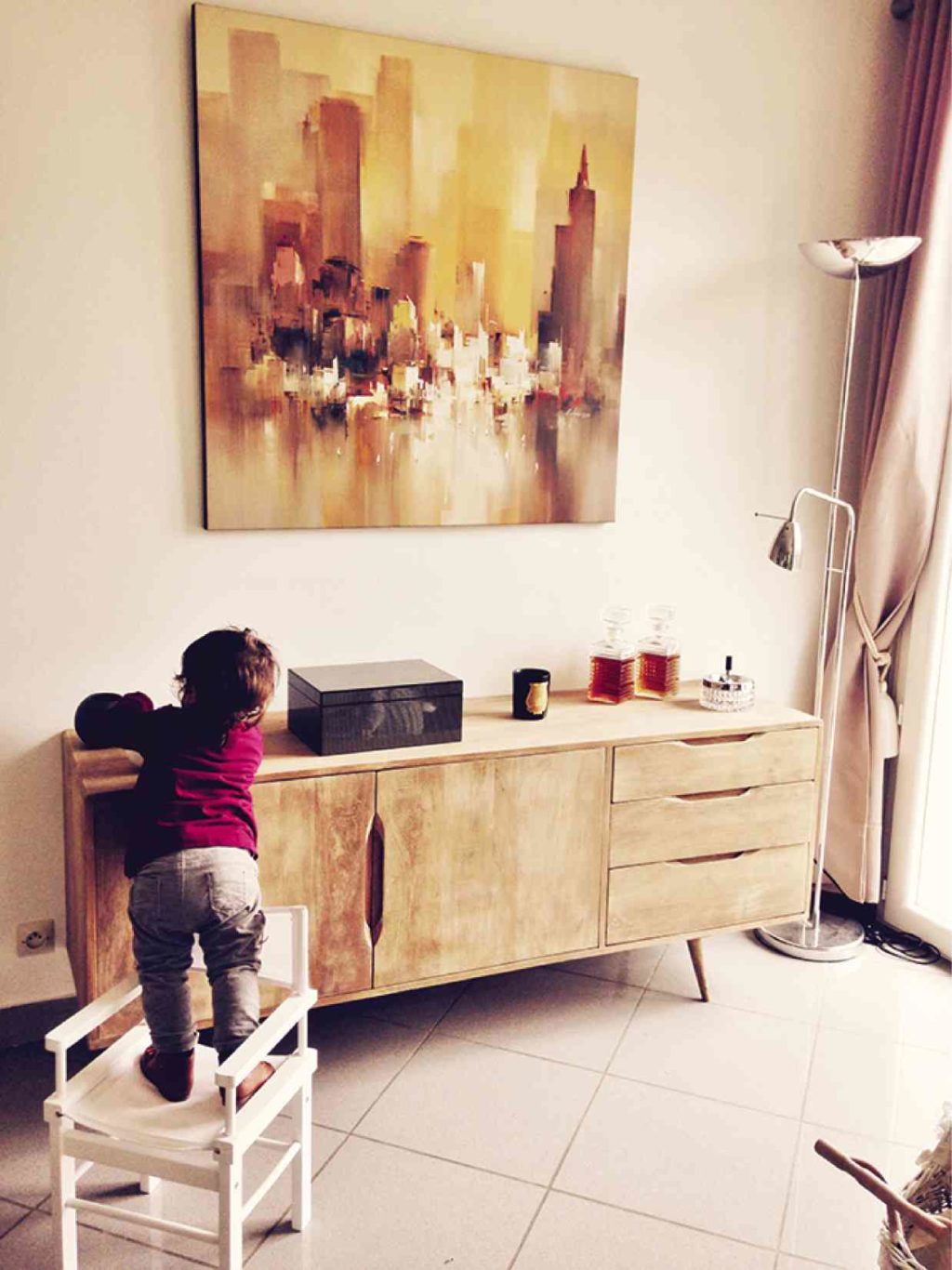When kids run amok in your home
When a child joins your family, child-proofing your home becomes essential. A house full of modern features and designer furniture often turns into a dangerous area for children.
Corners and shelves pose potential accidents. Balconies and staircases become places of terror. With the addition of a kid, your home can suddenly become a place where accidents are waiting to happen.
To keep your home safe yet stunning, your setup just needs a slight change in decoration. Beauty need not be sacrificed over safety. You can still have your dream home even if kids run amok in your house.
Choosing your furniture
If you are planning to buy new furniture for children, opt for multi-purpose ones.
A dresser cabinet that can also serve as a diaper-changing station would prove useful. Beds with built-in drawers can conceal toys and books. Just make sure that these drawers are not located over your kid’s head to prevent bumps and drops.
American home stylist Emily Henderson also recommends chunky furniture in rooms that will be frequented by children. Provide corner guards to prevent kids from hitting sharp edges. Remove those that stand on flimsy legs or tulip pedestals to prevent falls on kids. Install wall anchors if your dressers or televisions come with these.
According to the US Consumer Product Safety Commission, one child dies every two weeks from furniture falling over them. The ones at most risk are toddlers, who make up 29 percent of the total number.
Take proper steps in securing your furniture because your children’s lives depend on these.
Displaying, storing items
Take great care when selecting items for display.
Sculptures or vases may look great on your counters, but they can easily break with kids. If you really want to show off these objects, place them on high shelves instead to make them inaccessible to children.
Soft items such as throw pillows and table runners are suitable for areas frequented by kids. But with this kind of items, choose fabrics wisely. To avoid stains on your upholstery and cushions, choose materials that can easily be wiped or washed. Those designed for outdoor use are also good choices.
In storing objects, put harmless objects at lower shelves and dangerous items on higher ones. Cleaning aids, sharp tools, and heavy items should be locked away when not in use.
Provide a door on your closets to prevent kids from reaching them. Make it a habit to keep closet doors closed. Avoid clutter that can accidentally fall on your kids when doors are opened.
Ensuring safety
When it comes to flooring, slipping on the bathroom floor is probably what parents fear most for their children. To prevent this, opt for non-slip tiles if you are still in the process of building or renovating your home.
If you want to child-proof an existing bathroom, provide non-slip mats on the floor.
If you are purchasing rugs and carpets for your home, choose those with darker color to conceal stains. You can also opt for mats made of organic fiber for easy washing and maintenance.
Staircases, meanwhile, are safety risks for children.
Do not allow kids to access these unsupervised. Baby gates prevent kids from playing on the stairs. Install one at the top and bottom of a staircase to ensure security. If this is not possible, just provide one at the level where the child often hangs out.
You can also use baby gates in other parts of the house where you don’t want kids to go.
Electrical exposure
Protect kids from electrical accidents by covering up sockets when not in use.
Opt for electric burners over gas-type ones when selecting your stove. As much as possible, keep kids away from kitchen when you are cooking to prevent accidents.
Designing for kids
You can still maintain a beautiful home while raising young kids. If you are unsure of the dangers that may possibly lurk in your home, consult with architects or interior designers.
Sometimes, a professional eye can point out risky areas that you don’t easily notice.
Children liven up your homes, so they shouldn’t prevent you from living. As your family grows in number, your home should be able to adapt to your changing needs.
Even in existing structures, design is always evolving. It is up to you to make sure its evolution helps you live your best.
(Sources: www.architecturaldigest.com; www.cpsc.gov; www.thestar.com; Aytaj Ibrahimova of Azerbaijan)
The author is a licensed architect who studied abroad and currently works for DSFN Architects. She bears a scar on her forehead as a result of hitting a glass tabletop in her toddler years.


















